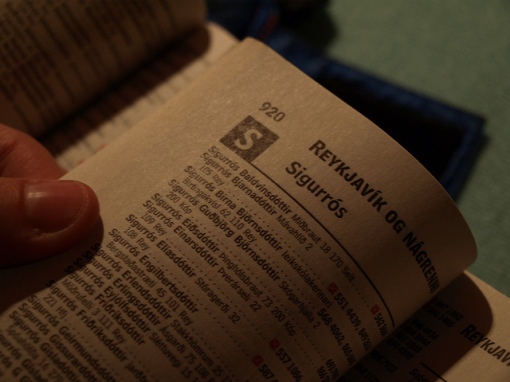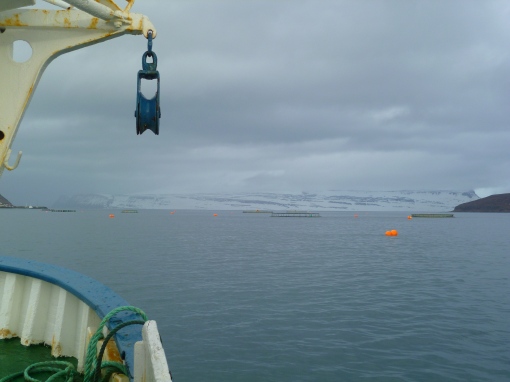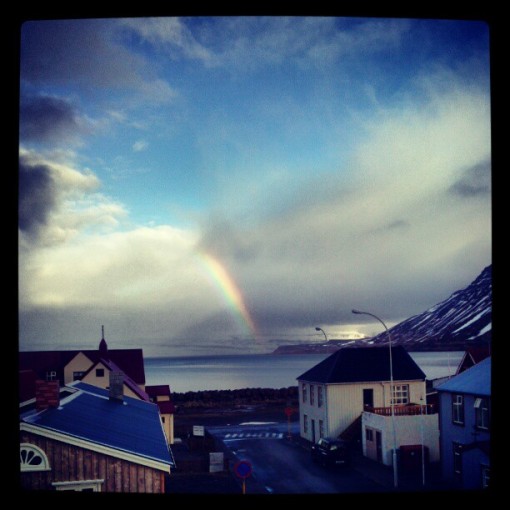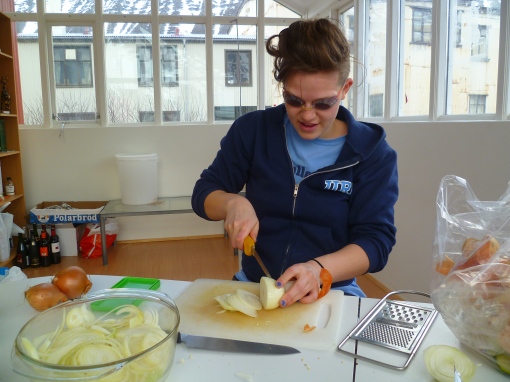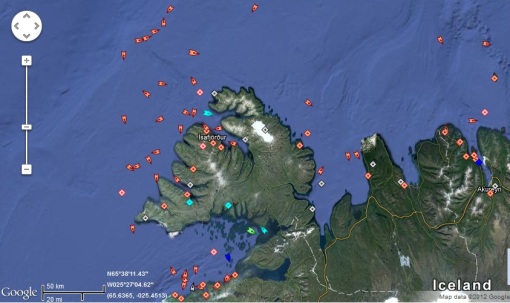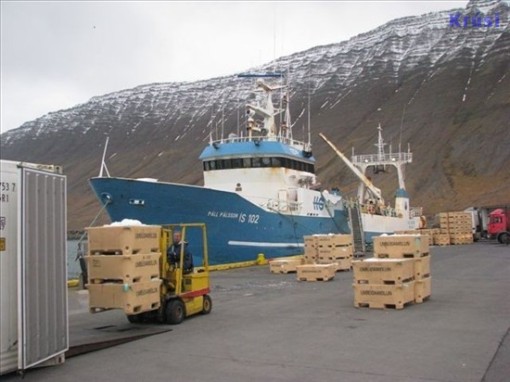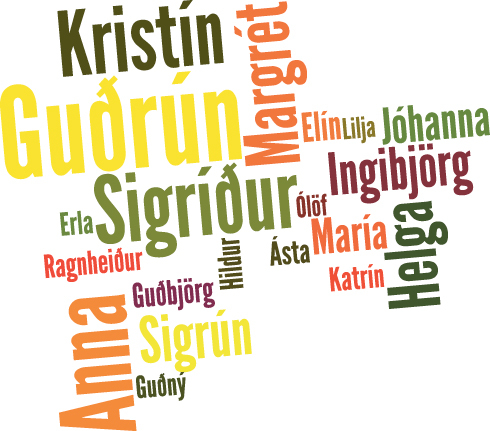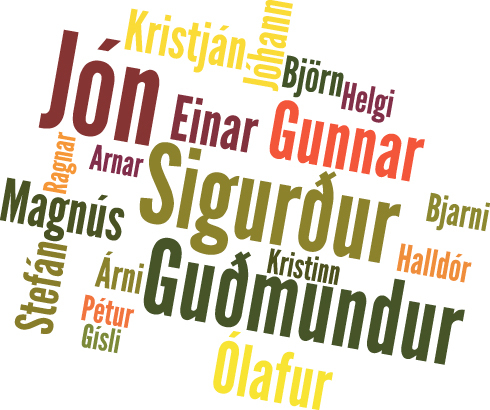Icelandic names differ from most current Western family name systems by being patronymic (occasionally matronymic) in that they reflect the immediate father (or mother) of the child and not the historic family lineage.
Iceland shares a common cultural heritage with the Scandinavian countries of Norway, Sweden and Denmark with its crown dependency the Faroe Islands. Icelanders, unlike other Scandinavians, have continued to use their traditional name system, which was formerly used in all of Scandinavia (and now is re-introduced in the Faroe Islands).
The Icelandic system does not use family names. A person’s surname indicates the first name of the person’s father (patronymic) or in some cases mother (matronymic). The Icelandic word for a surname actually means an identification name, traditionally these names are meant to identify daughter (dóttir) of whom, or son of whom, a person is. Using the given names (first names) of the parents, instead of the surnames, is in accordance with the traditional common practice of the use of names in Iceland.

The given names of the father (or mother) appear in the genitive case, with the suffix “son” in the case of a man or “dóttir” in the case of a woman.
Some family names exist in Iceland, mostly inherited from parents of foreign origin, while some are adopted. Before 1925, it was legal to adopt new family names; one Icelander to do so was the Nobel Prize-winning author Halldór Laxness.
The Names Acts from 1925, 1991 and 1997 have all, along with the prohibition of new family names, contained provisions to preserve the rights of Icelandic citizens, who bore family names when the law came into force, and the rights of foreign nationals, to keep their family names and to pass them on to their descendants.


